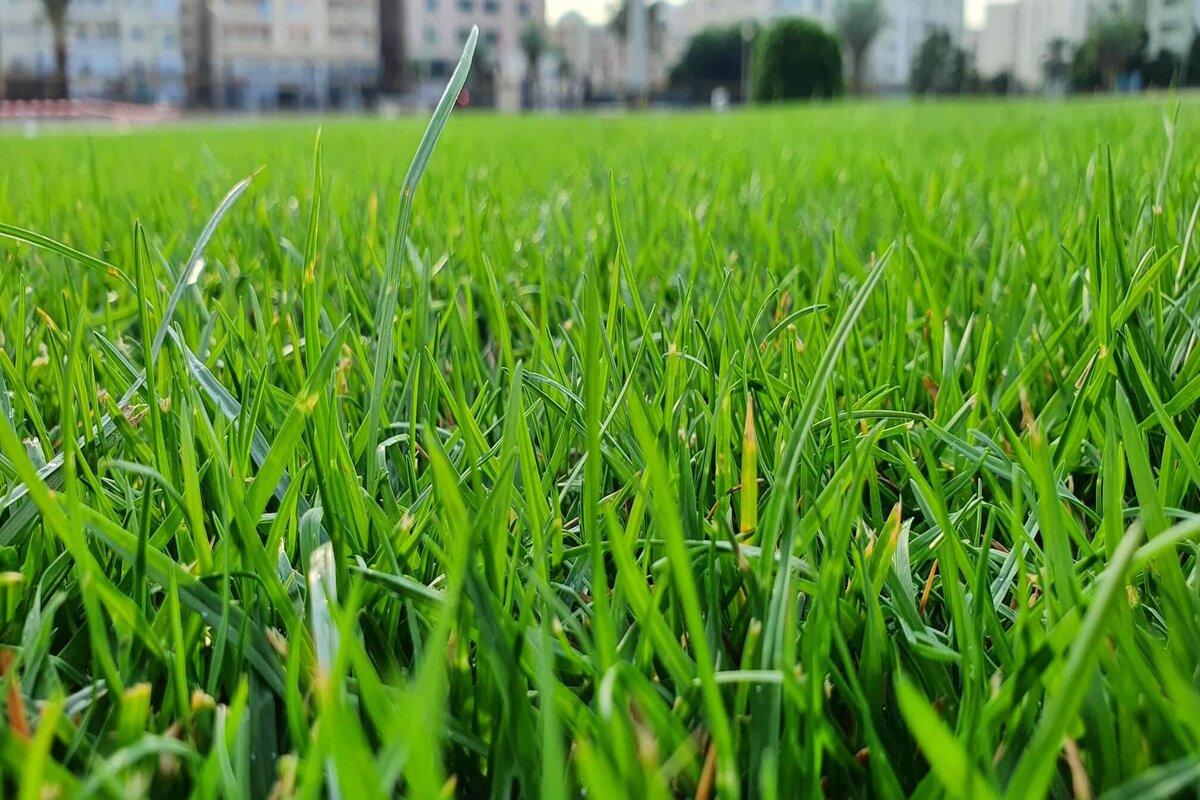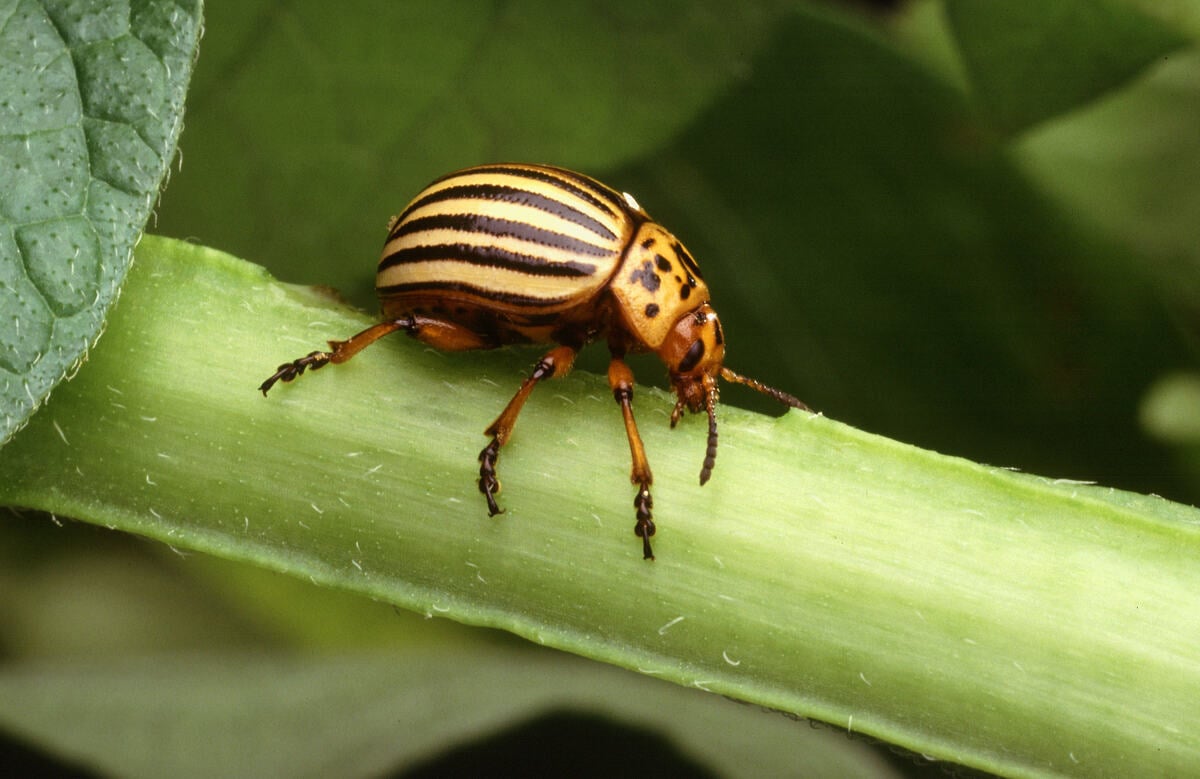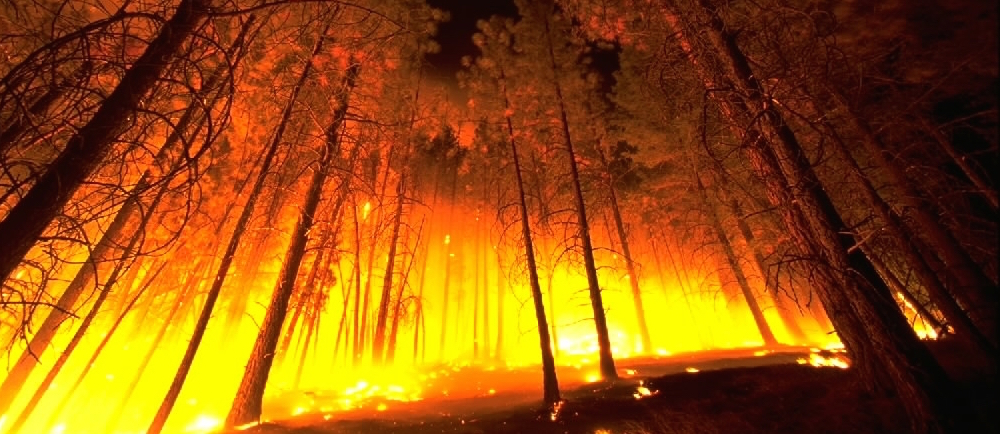
As described in one research study, the Monarch butterfly is “an iconic North American insect.” An earlier research study went even further, hailing the monarch as “one of the world’s most well-known insects, being easily identifiable by its bright orange and black wing colors.”
Indeed, kids and adults around the world are fascinated by the monarch’s vivid colors and its lengthy migration path through Mexico, the U.S. and Canada.
Photo: Tarnya Hall/Flickr
Unfortunately, this beloved insect faces an uncertain future.
Experts say the east-of-the-Rockies migratory monarch population — the biggest population in North America — plummeted by 84 percent from the winter of 1996-97 to the winter of 2014-15. And the future doesn’t look any brighter: Research published in March 2016 in Scientific Reports suggests there’s an 11 percent to 57 percent chance of “quasi-extinction” of the so-called Eastern monarch over the next 20 years.
“A quasi-extinct population is one with so few remaining individuals left that recovery is impossible. While the remaining individuals may survive for a short time, the population as a whole will inevitably go extinct,” the study says.
Photo: Karen Oberhauser/University of Minnesota
The situation is so dire, in fact, that an array of advocates are pressing for the Eastern monarch and its west-of-the-Rockies counterpart to be put on the U.S. government’s endangered species list. In 2015, a White House task force called for boosting the Eastern monarch’s wintertime population to 225 million by 2020.
“Because monarch numbers vary dramatically from year to year depending on weather and other factors, increasing the average population size is the single most important way to provide these iconic butterflies with a much-needed buffer against extinction,” says Brice Semmens, lead author of the Scientific Reports study and a scientist at the Scripps Institution of Oceanography.
To celebrate the monarch, we’ve assembled this infographic highlighting 19 facts about the iconic insect. We thank Orley “Chip” Taylor, founder and director of Monarch Watch and a professor of ecology and evolutionary biology at the University of Kansas, for reviewing these facts to ensure their accuracy.
Top photo: Steve Hilburger/U.S. Geological Survey

Stick me on your site!:






